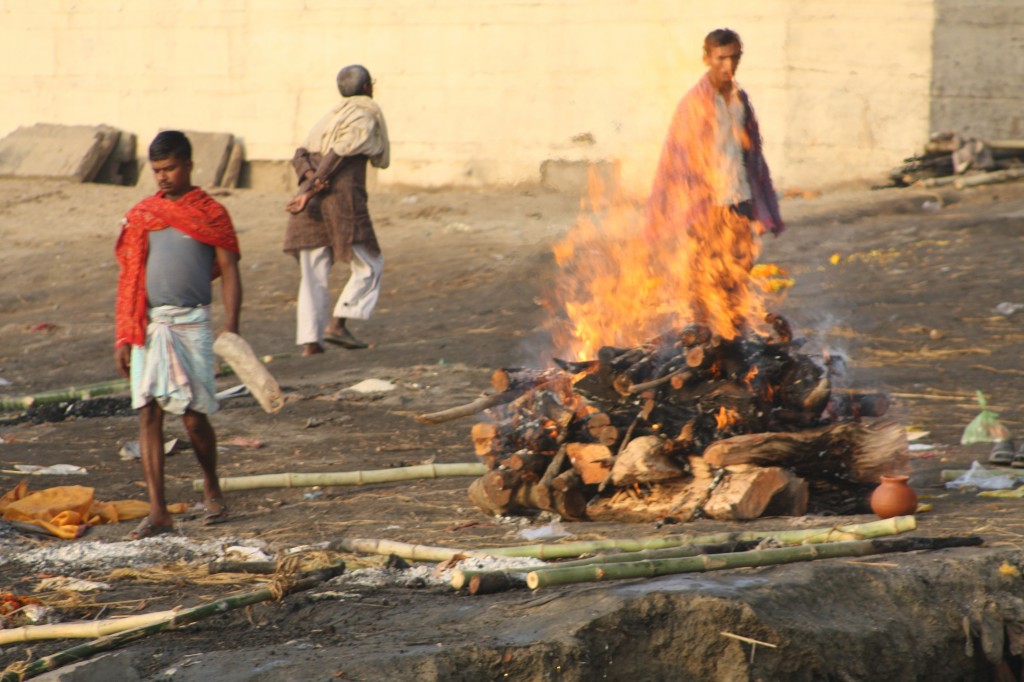One about primitive hunter-gatherer peoples in the interior of New Guinea and the other about several Indian boys who make their meager living burning corpses at the ghats in Varanasi on the Ganges.
The oldest form of human society followed by an ancient high civilization. Both thousands of years old. Both recognizable.
It was easy to see the archetypal commonalities in the males of both these radically different groups. In their own settings, one sparse and pristinely Stone-aged, the other massive and rigidly stratified, a high value was placed on their capacity for skill and for perseverance, pluck and sticking to the group's code.
Many commentors after the New Guinea film were outraged about the desecration of these Noble Savages merely by contact with the evil modern world. Others after the India film were horrified at the tough lives these kids live.
What makes these people think that the lives of New Guinea tribesmen or Ganges ghat kids have anything to do with them that requires them to have an ethical opinion? The typical Western combo of self-centeredness and self-hatred at play underneath the moralist veneer.
---



1 comment:
I've noticed that contact with modernity is a contamination only for some people. The Noble Savages of the world must be saved from the evils of modern society and technology, and we could all learn from their simple and Earth-loving ways.
But the Amish, who are not the Luddites people make them out as, are relentlessly mocked for being "afraid" of a world that, frankly, is going nowhere nice fast, and as knuckle-dragging barbarians.
Double standards, anyone?
-Sean
Post a Comment